The filler slab with Mangalore is based on the idea that, for roofs that are just supported, the top portion of the slab experiences compressive forces while the bottom portion is subjected to tensile pressures. Steel carries the weight caused by tensile forces, whereas concrete is exceptionally effective at withstanding compressive pressures. Roofs made with Mangalore tiles have often deteriorated despite no fault of their own. They must be handled carefully since they are delicate and the bottom surface accumulates salt deposits and additional cobwebs. However, our generation’s loss of tile-building skills is another factor contributing to the declining popularity. We have made several errors in design and construction, it comes to things like roof angles, support members, corner connections, and rainfall management. It seems sensible that people no longer have trust in the system as a whole. Additionally, tiled shelters have lost ground to other roofing options that provide plenty of flexibility, security, and availability.
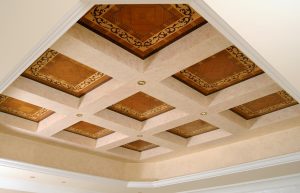
Filler slab tiles
Using “Filler Slab tiles” is one technique to make a plain and pricey concrete slab, lighter, and more affordable. An affordable, lightweight filler material, such as bricks, earthen pots, coconut shells, glass bottles, or any other inventive item you can think of, is used to replace a part of the concrete in the slab’s “stress” zone. In a simply supported RCC slab, the bottom component of the slab suffers tensile pressures while the top portion is compressed. Such a slab has steel reinforcement in the bottom half to resist tensile stresses, however, the tension-weak concrete in that area is mainly unnecessary except for the little amount needed to retain and safeguard the steel rods. The less expensive filler material may take the place of this useless concrete. In comparison to a conventional RCC slab, we could save roughly 30-35 percent of concrete by carefully selecting the filler material. A lightweight filler material also lowers the dead load, reducing the need for steel reinforcement. Overall, we may anticipate saving around 25% of the expenditure.
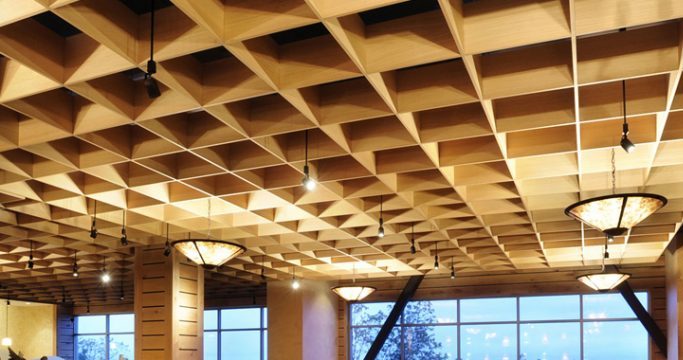
Filler slab with Mangalore tiles
Unknowingly, many designers give the roof a low pitch, which reduces the gap between tiles and lets more rainfall into the structure. Filler slabs with Mangalore tiles must have a slope of at least 25 degrees, while steeper 33- or 45-degree slopes used to be available. It is important to properly join the filler slab with Mangalore tiles and wall surfaces, with a portion of the roof extending into the wall and being completed with curved water-proof beading.
Basic geometry is required in the form of a design for a sloped roof made of tiles in order to guarantee the perfect matching of the slope angles, high points known as ridges, low points known as valleys, edges known as eaves, ends known as hips or gables, and other similar features. As a result, calculations and plans are required even before we begin the building to ensure that the roof sits correctly!
Carpenters who regularly construct these roofs are fully focused. The placement of the Filler slab with Mangalore tiles on mortar strips is a better detailing than gluing all of the tiles over a thick layer of mortar if the tile must top an RCC roof (such a double roof lacks design coherence). Once pasted, it is exceedingly challenging to find water seepage and replace the damaged tile. Since tile and mortar are both effective heat conductors, such roofs do not provide passive cooling. Despite the criticism of Mangalore tiles, the number of buildings with sloping roofs has not decreased much, indicating the concept’s continued viability.
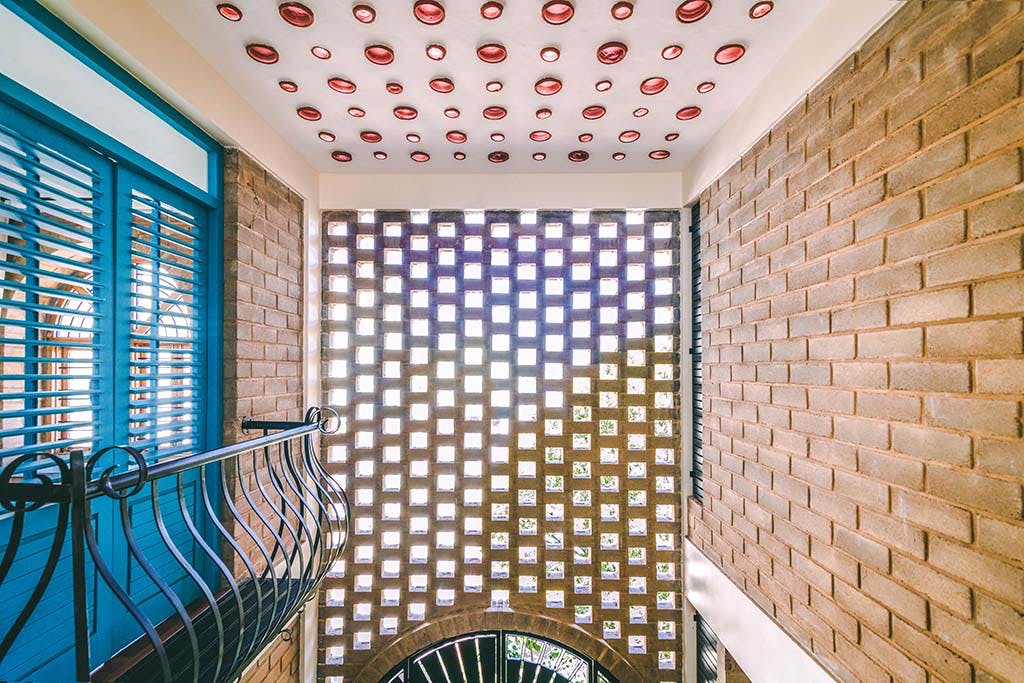
Slab tile cutter
people often choose thick slab tiles as one of their top options. When utilizing conventional grinders or other cutters, they may be fairly challenging to cut, which can be frustrating whether you’re a landscape gardener or flooring contractor. The material slab tiles are strong and thick. Due to the friction created when you cut through this with a wet tile cutter, a lot of heat is produced. The blade expands as a result of excessive heat, which causes the diamond filaments to become loose. The blade is put through greater labor and generates more heat the more diamonds that are lost. Your blade will then have few to no diamonds left in it as a result of this swiftly snowballing out of control. The heat would deform the blade, making it cut off-center, or shatter the slab of porcelain. There are a few things that may assist to stop the aforementioned from occurring.
Joint tile slab
Matching corners and edges of tile slab are very precise and hard and it has many instructions that include mixing many bags of powdered. These let you point your slab tiles using fewer volumes of grout. Because grout will begin to cure once it is mixed, we advise mixing small quantities to save waste (especially in hot weather). Ensure that the slabs are dry and clean. Verify that there is no dust or dirt on the pavement slabs. Verify that the joints are dry (wet joints can affect the curing of the grout and cause discoloration). You will add the powder to a certain quantity of water that is included in each bag of grout mix. For the exact quantity of water per bag, always refer to the packaging or directions. Use pristine, pure water (and a clean bucket). The mixing bucket or tub should be filled with the appropriate volume before adding a bag of powder gently.
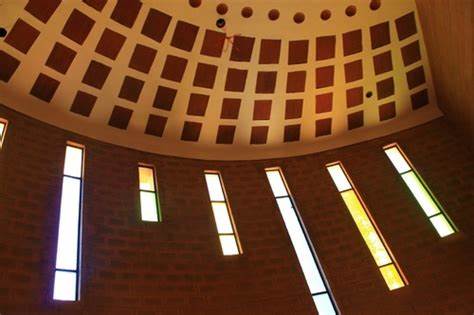
Tile slab machine
Each machine for producing tile slabs may be used to produce ceramic tiles for the paving of roofs, floors, walls, showers, or other items. There are many different machines that are simple to use and boost tile output that is offered by our suppliers and manufacturers. During manufacturing, it is anticipated that 40 tiles will be created in a single batch per hour. To learn which choice is best for your tile company, speak with one of our suppliers. Our providers can remain within your budget and provide both new and used equipment at cheap pricing. Offering cutting-edge advances in tile manufacturing marketing trends make up tile-making equipment. To discuss your company’s requirements, ask a manufacturer or supplier for a price. Ask about the machine’s after-sales support in other countries. A tile slab-making machine is used to create a variety of roof tiles, including ceramic floor tiles, cement wall tiles, bathroom floor tiles, and roof floor tiles.
Slab roller tiles
For hand-building pottery and ceramics, a slab roller tile is a piece of equipment that flattens flawless slabs of clay. The slab tile building method enables the creation of shapes that are not feasible to create on a potter’s wheel. slabs may be used to construct geometric shapes by allowing them to firm somewhat and then putting them together using the scratch and score technique. For simple and reliable plates, servers, and other objects, clay slabs may be placed over hump and slump molds., slab roller tile construction is wonderful because it allows people to quickly create functional structures without having to learn how to use a steering wheel.
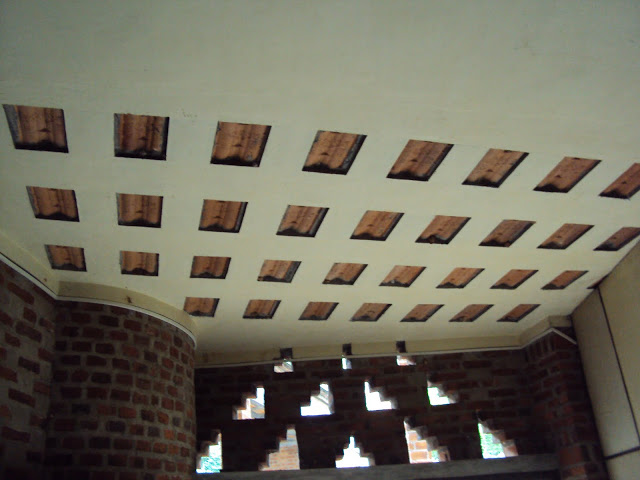
An additional layer of inventiveness is added by texturizing your slab tile using a slab roller.

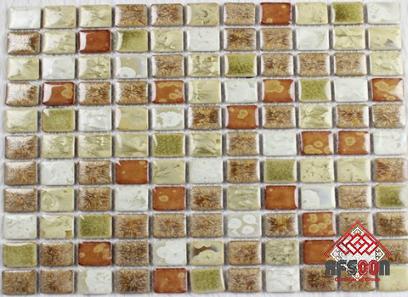

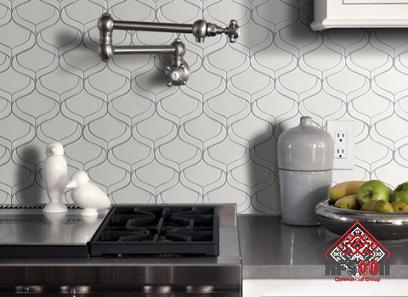
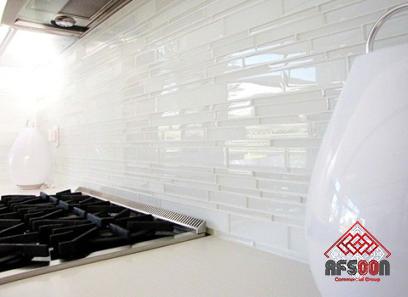
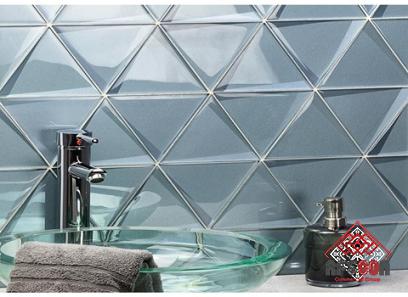
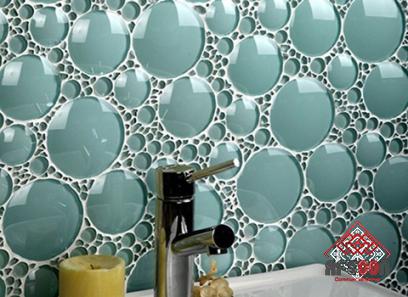

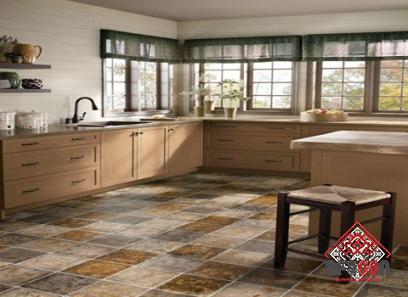
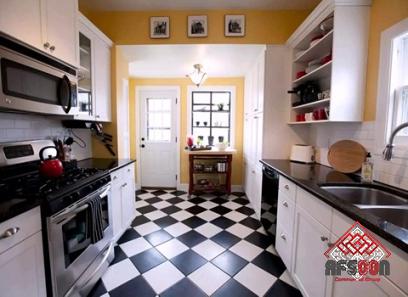
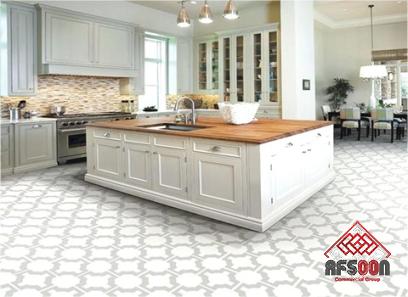
Your comment submitted.